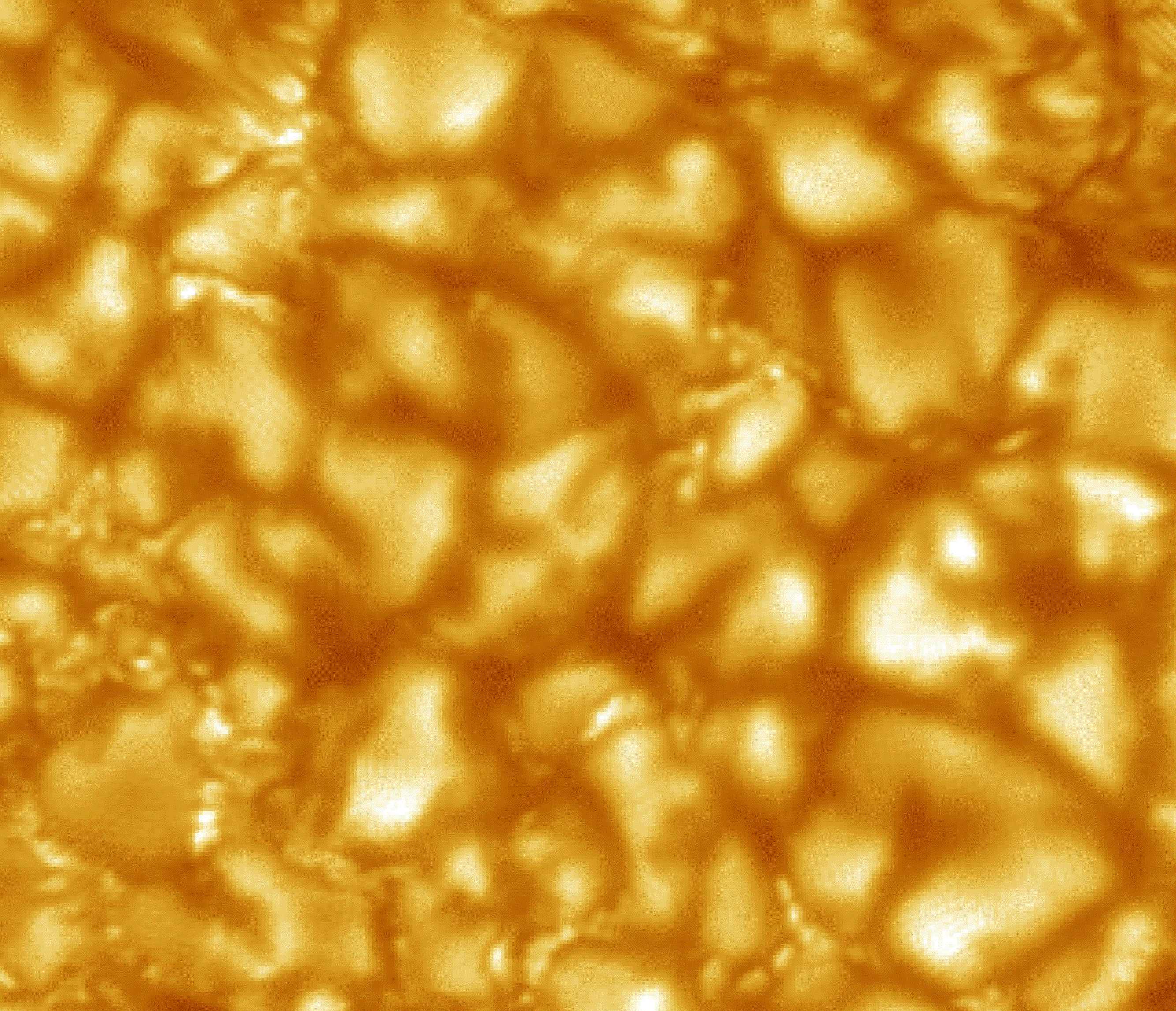|
|
Solar Magneto-Convection |
|
|
|
|
Solar Magneto-Convection Development of Bleed Boundary
Conditions Initialization and Simulation of Flow
through Mixed-Compression Inlets Flow Control of Mixed-Compression
Inlets Random
Walks with Reflective Boundary Conditions |
|
My current area of research (associated with my post-doc position at MSU) uses computational fluid dynamics to study convection processes in the sun. We are currently in the process of building up to a supergranulation-scale simulation of a section of the sun’s convection zone. The computational domain for these simulations will be 50Mm x 50Mm x 20Mm (deep). To put this in to perspective, the Earth is 12 Mm (mega-meters) in diameter and the sun has a diameter of about 1,300 Mm. These hydrodynamic simulations (including radiation) are run using a code written in Fortran 90 and utilizing OpenMP for parallel processing. In the near future, we will include the effects of rotation and magnetic fields in to the simulations. This will permit us to examine the nature of the surface shear layer and to analyze local helioseismic inversion techniques (something the helioseismology community is very excited about). Although I am currently very involved with my research on solar magneto-convection, I am still pursuing two lines of research related to my doctoral work on flow control in mixed-compression inlets. The first line of research involves the development of a generalized set of bleed boundary conditions that can be used to model suction processes under a variety of flight and geometric configurations. The second line of research focuses on the use of boundary layer injection to control the effective area of a high-speed inlet. Both of these lines of research, however, are hampered by lack of a good open-source grid generation program. [Consider this as an open call for suggestions.] It is anticipated that once I am up to speed with the solar physics content (radiation theory, plasma dynamics, parallel processing, etc.), I will be able to dive back in to this research. In addition to these areas of research, there are also several other research projects that occupy some of my spare time (my kids and the house get most of it). These "back-burner" projects are areas of research that have piqued my interest at one point or another. One of these projects evolved out of research that I had started during my first time through graduate school. This project is a statistical mechanics problem involving a random walk in an environment with reflective boundary conditions. It has a direct application to a problem in microbiology where the mechanism thought to be controlling the gating of an ion channel in a cell cannot be crystallized. I believe, however, that this research also has larger implications for problems in fluid dynamics. Getting time to work on these projects is difficult. My current research demands so much of my time and making the transition from one subject to another can be quite tedious. |
|
|


